The Guol house of the Co Tu people in Hoa Vang District, Da Nang City, is where sacred treasures and shared community assets are kept. It also serves as a meeting place, a center for preserving traditional culture, and a showcase for local crafts.
The Guol house - an important architectural structure rich in Co Tu cultural symbolism - is passionately preserved by the people of Ta Lang and Gian Bi hamlets in Hoa Bac Commune, Hoa Vang District, Da Nang.
Designed in the shape of a turtle shell with a central pillar surrounded by supporting columns, the Guol house represents the unity among villages. It is the central gathering place for the entire community and the site for many traditional and spiritual festivals of the Co Tu people.
To the Co Tu community, the Guol house is the village’s communal home. It is not only a spiritually vibrant space but is also regarded as the soul of the village.
At the center of the house stands an altar dedicated to President Ho Chi Minh, reflecting the Co Tu people's deep respect for the nation’s founding leader.
The roof is made from natural leaves, and the floor is laid with thinly split bamboo slats, spaced to allow airflow and maintain coolness.
The main pillar is considered the spiritual essence of the Guol house. It is adorned with carvings, paintings, reliefs, and motifs that strongly embody Co Tu identity.
Around the house, windows are designed to let in natural light and ensure ventilation, creating an open, airy space.
At either end of the Guol house’s roof are wooden rooster statues, symbolizing the creature that awakens people each morning. The roof is typically thatched with palm or rattan leaves.
The railings and partition walls inside the Guol house serve as canvases for folk artists to create artworks that depict human figures, nature, and social life. These pieces vividly reflect the daily lives and rich cultural heritage of the Co Tu people amid the mountainous forests.
In addition to reliefs and paintings, local artisans also handcraft wooden sculptures on diverse themes. Every piece is intricately carved by hand.
The Co Tu’s “cay neu” (ceremonial pole) is also a form of artistic expression, showcasing the decorative and sculptural talents of local craftsmen. This pole is placed in front of the village communal house during important rituals.
The Guol house plays a significant role in restoring traditional Co Tu values, helping younger generations understand and carry forward the tangible and intangible heritage of their people.
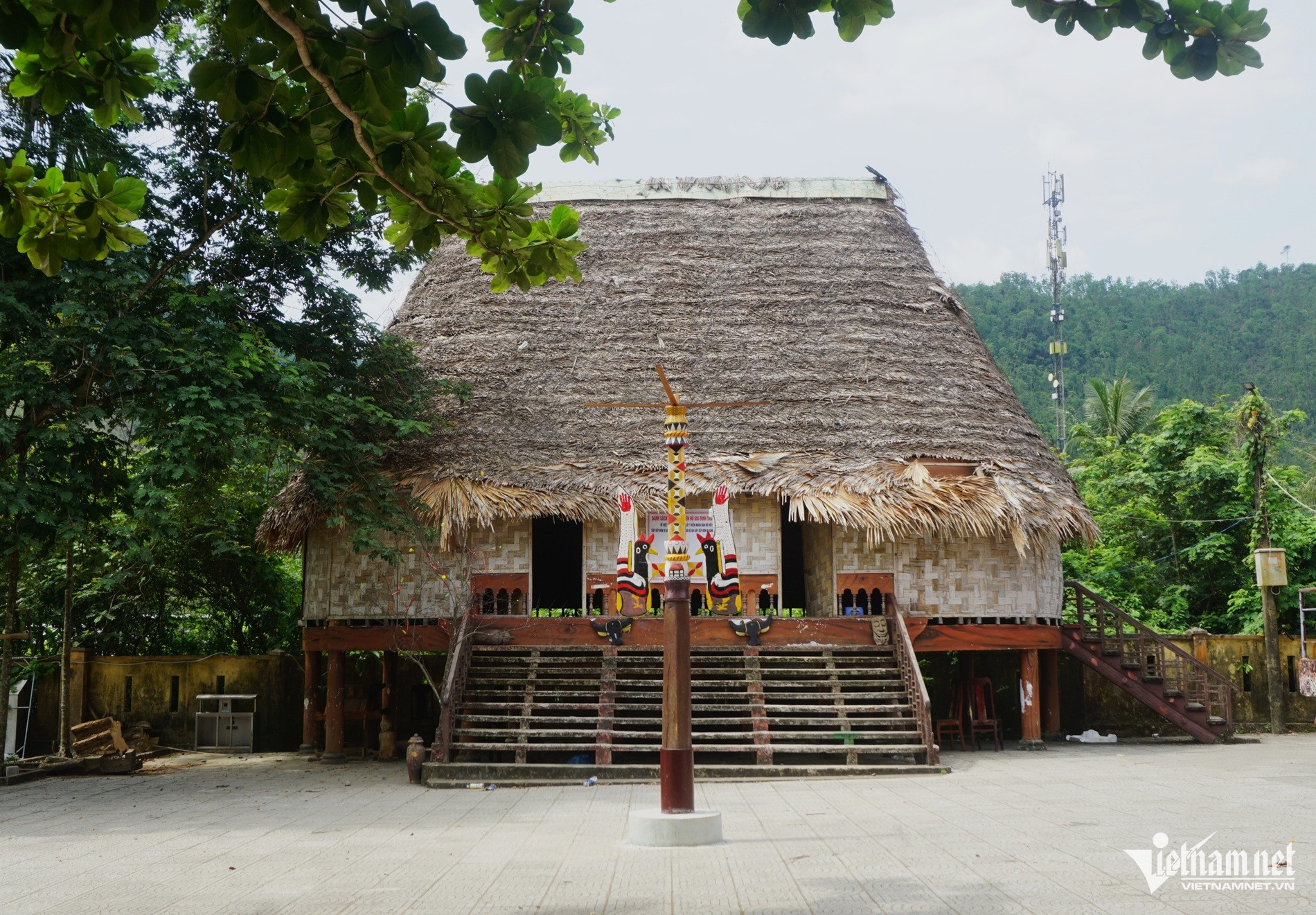
The Guol house is the cultural heart of the Co Tu community in Hoa Vang, Da Nang.

A sacred space for gathering and spiritual rituals.
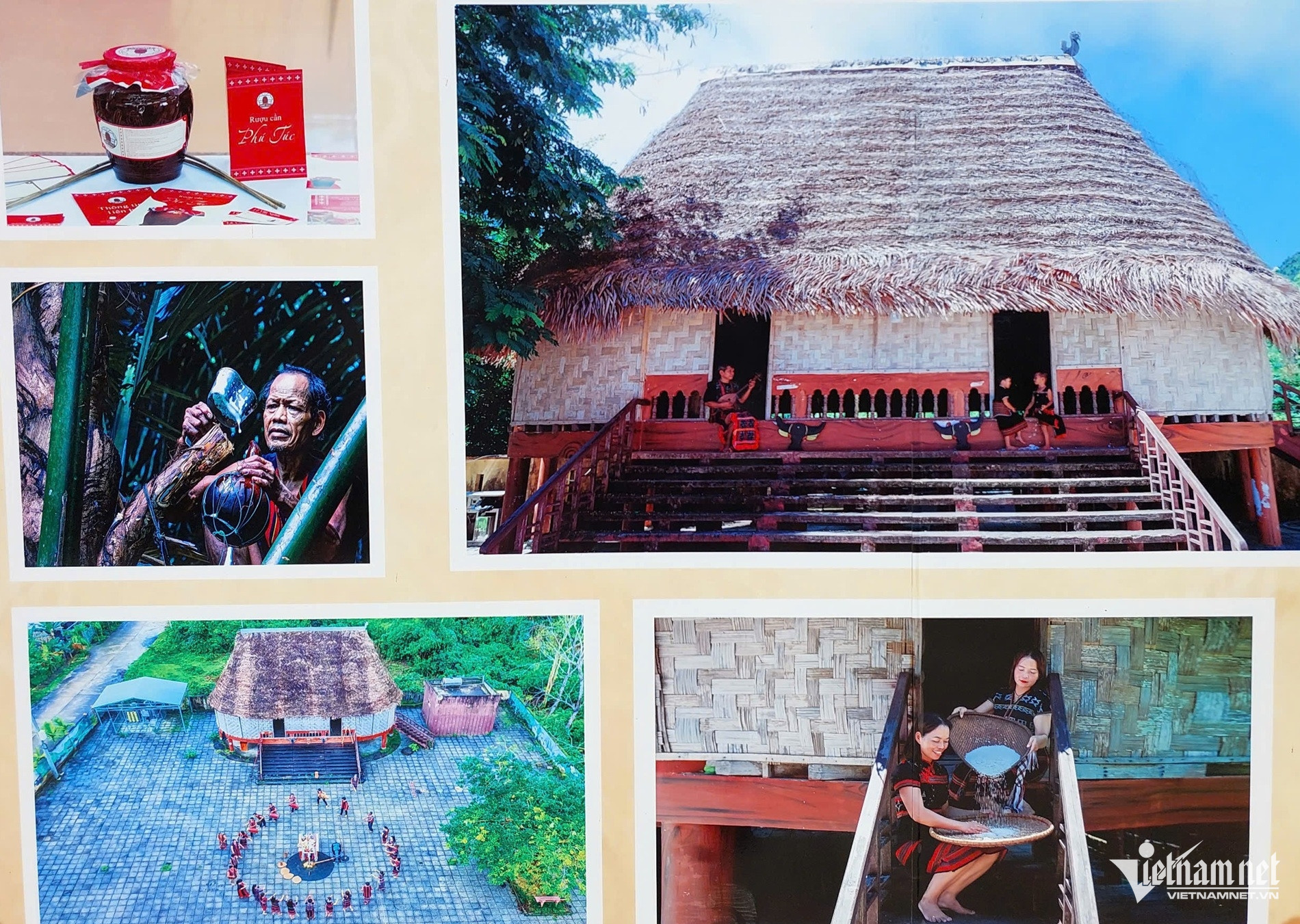
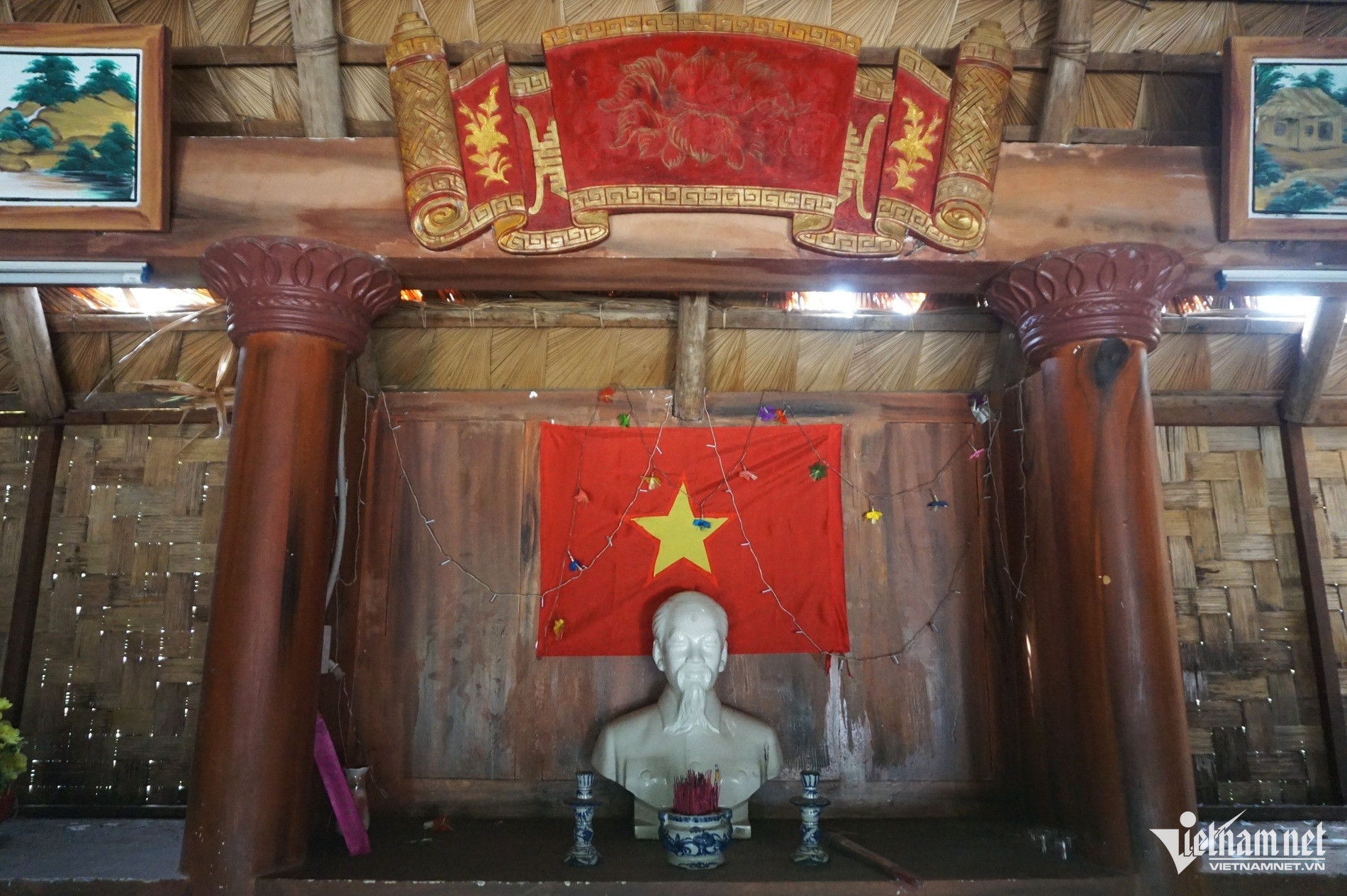
The central altar honors President Ho Chi Minh.
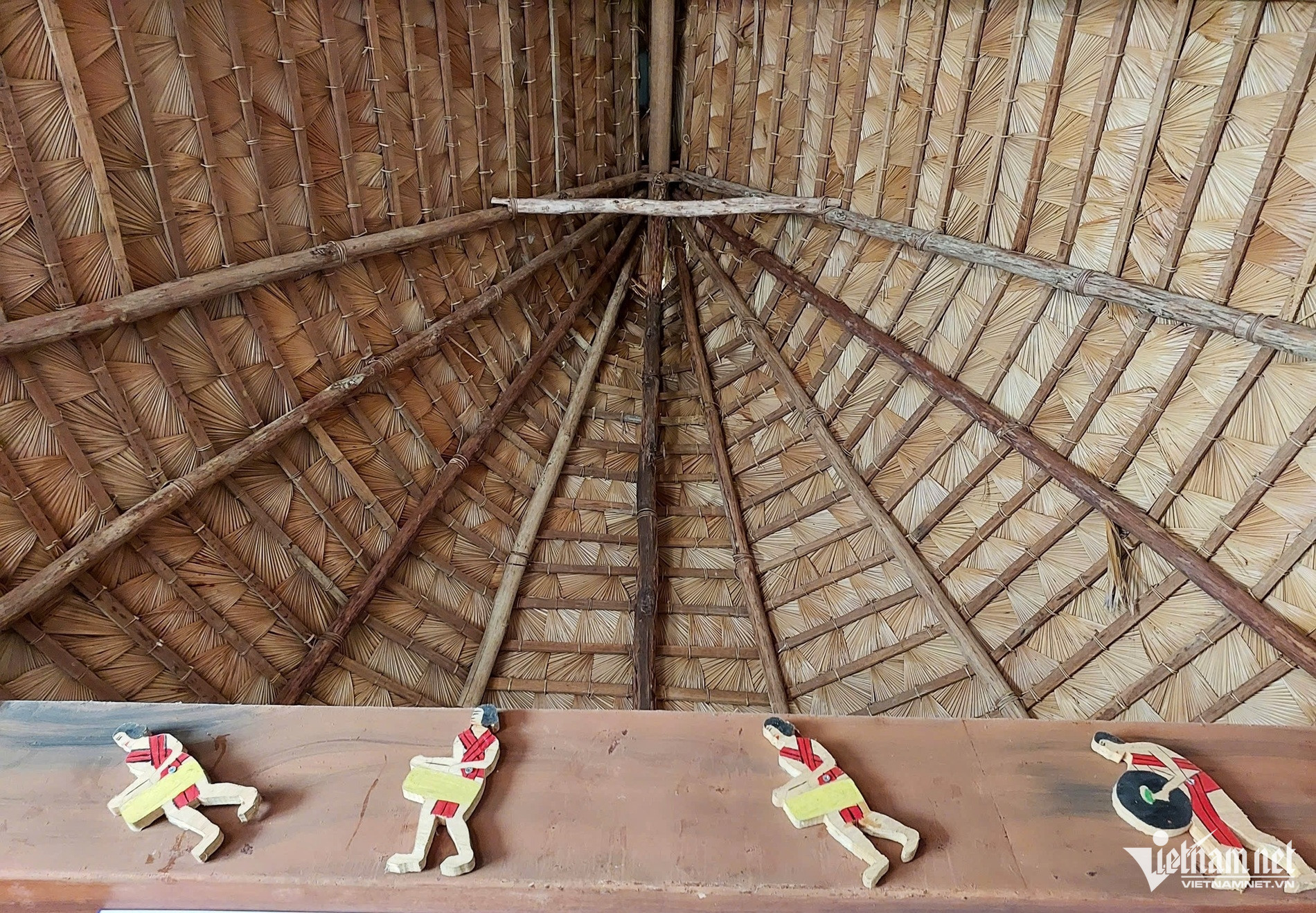
Natural materials create an airy and eco-friendly structure.
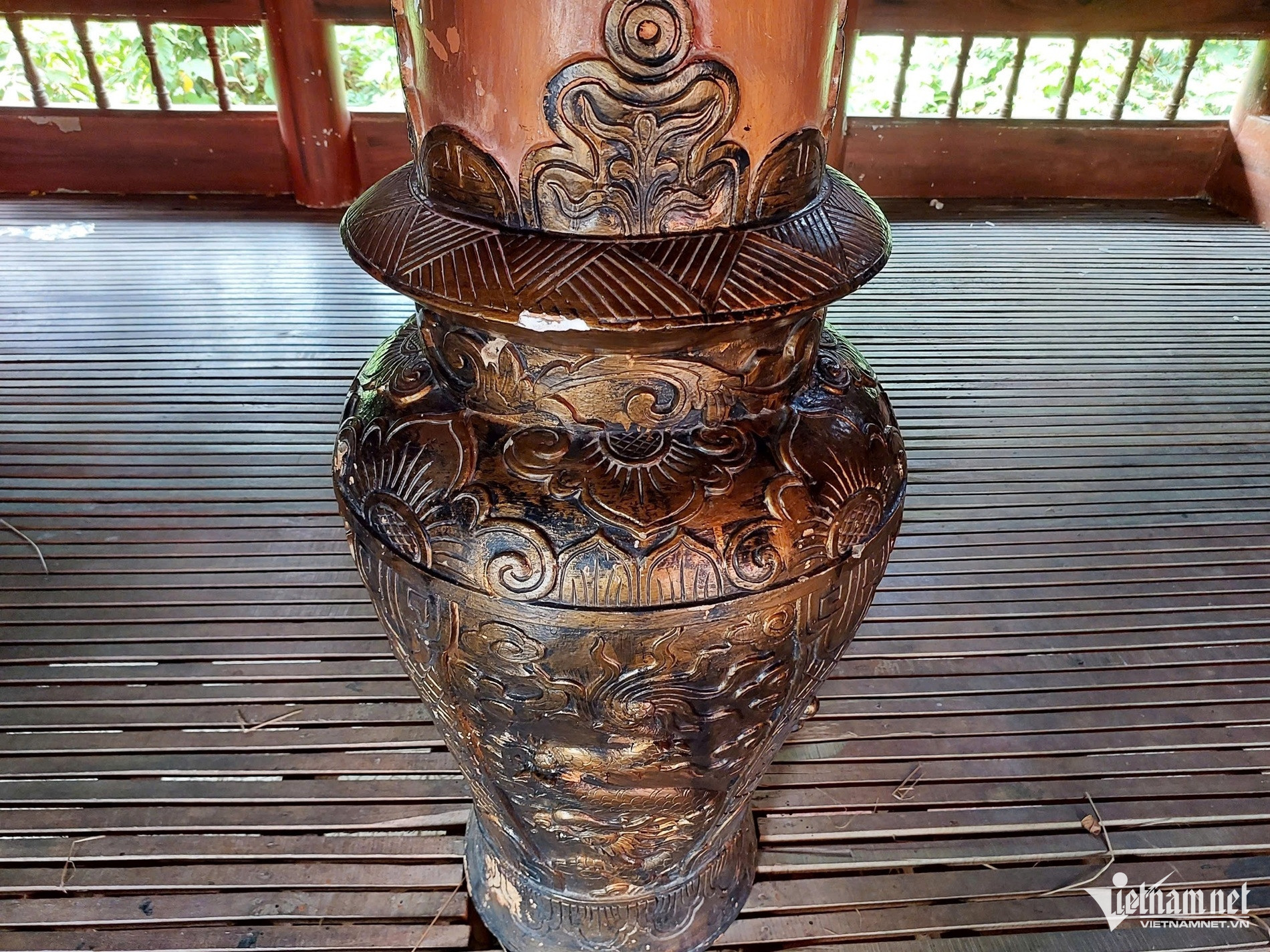
The main pillar is richly decorated with Co Tu artistic motifs.
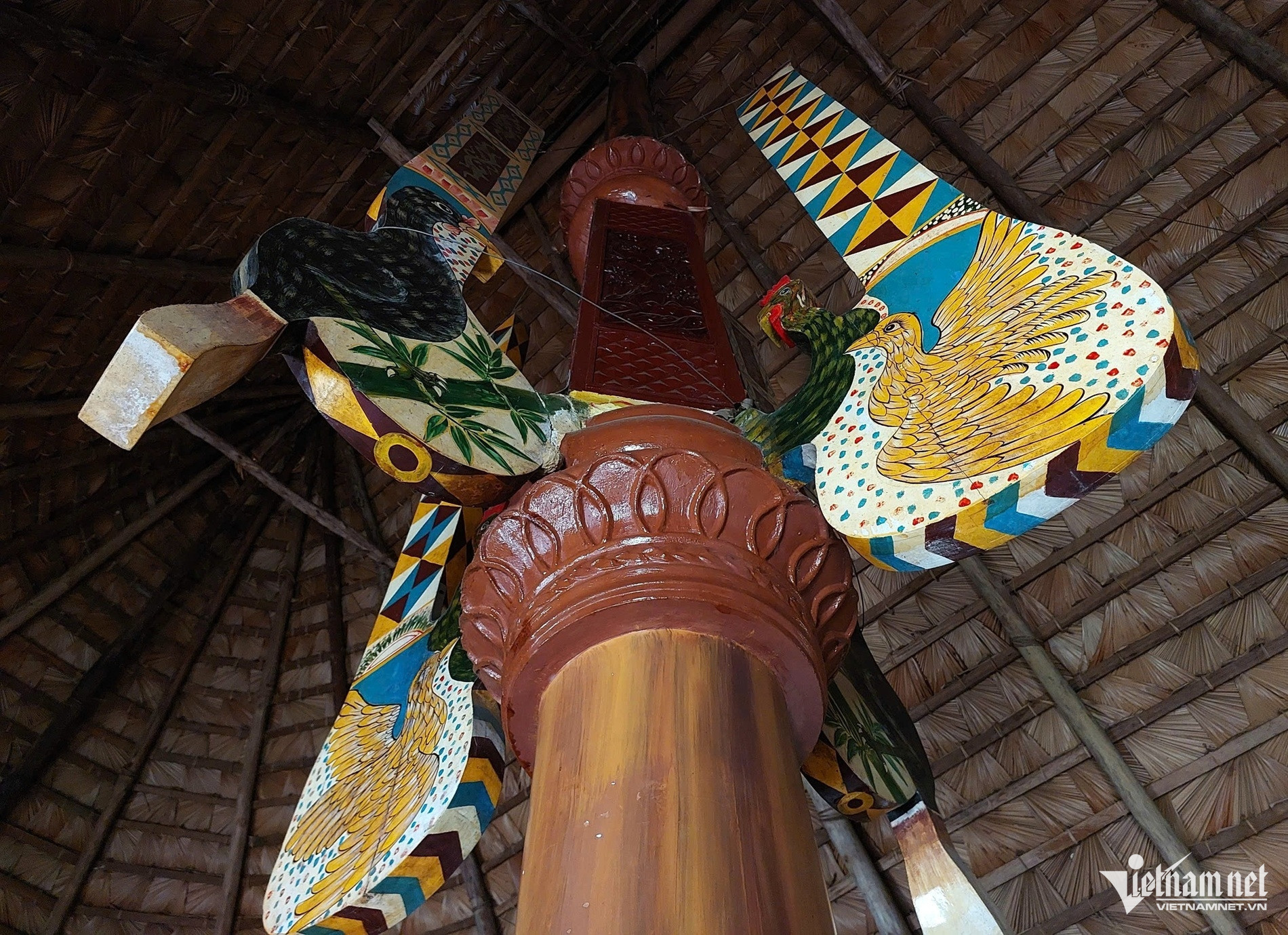
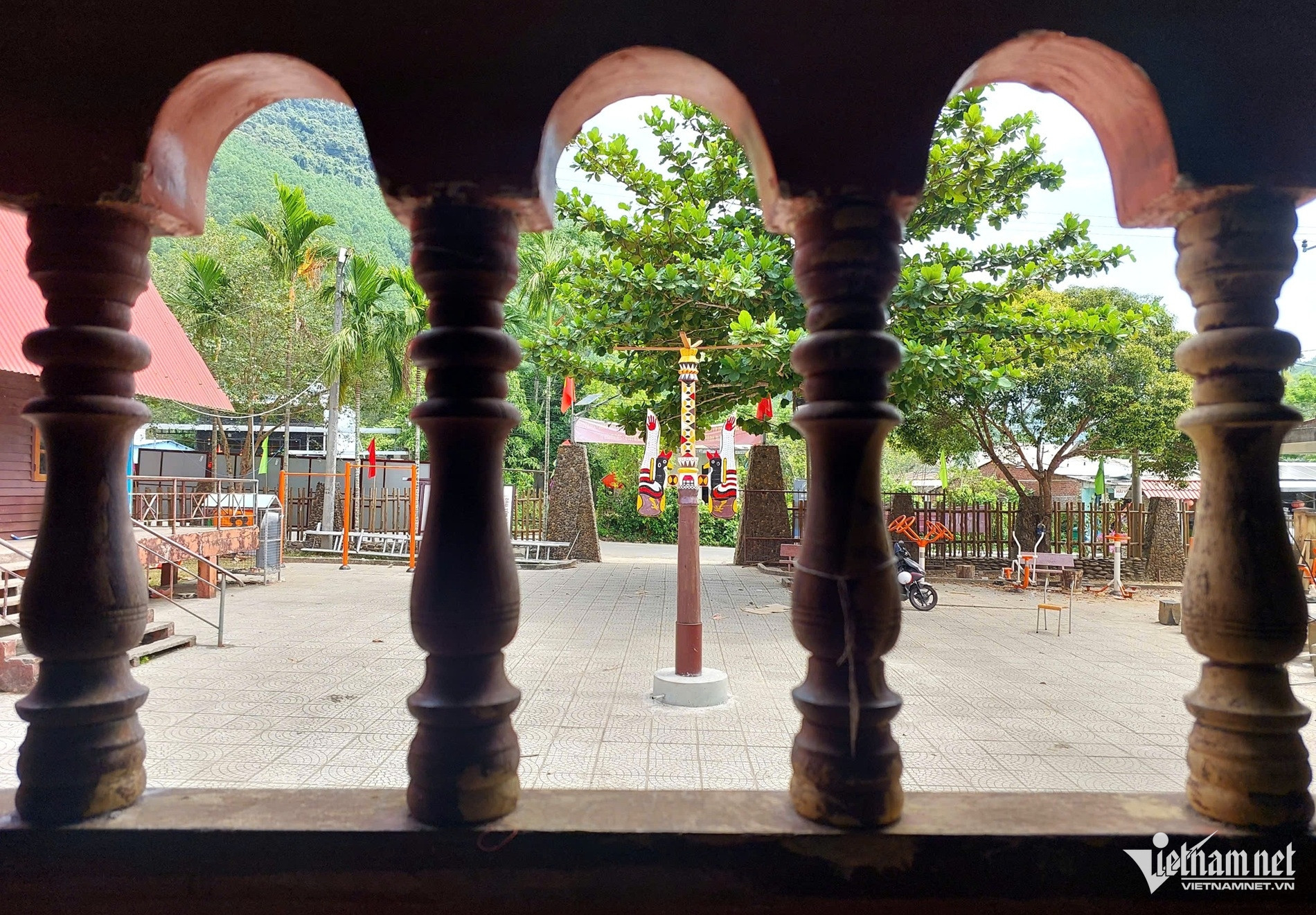
Lanterns and panels serve as canvases for folk art.
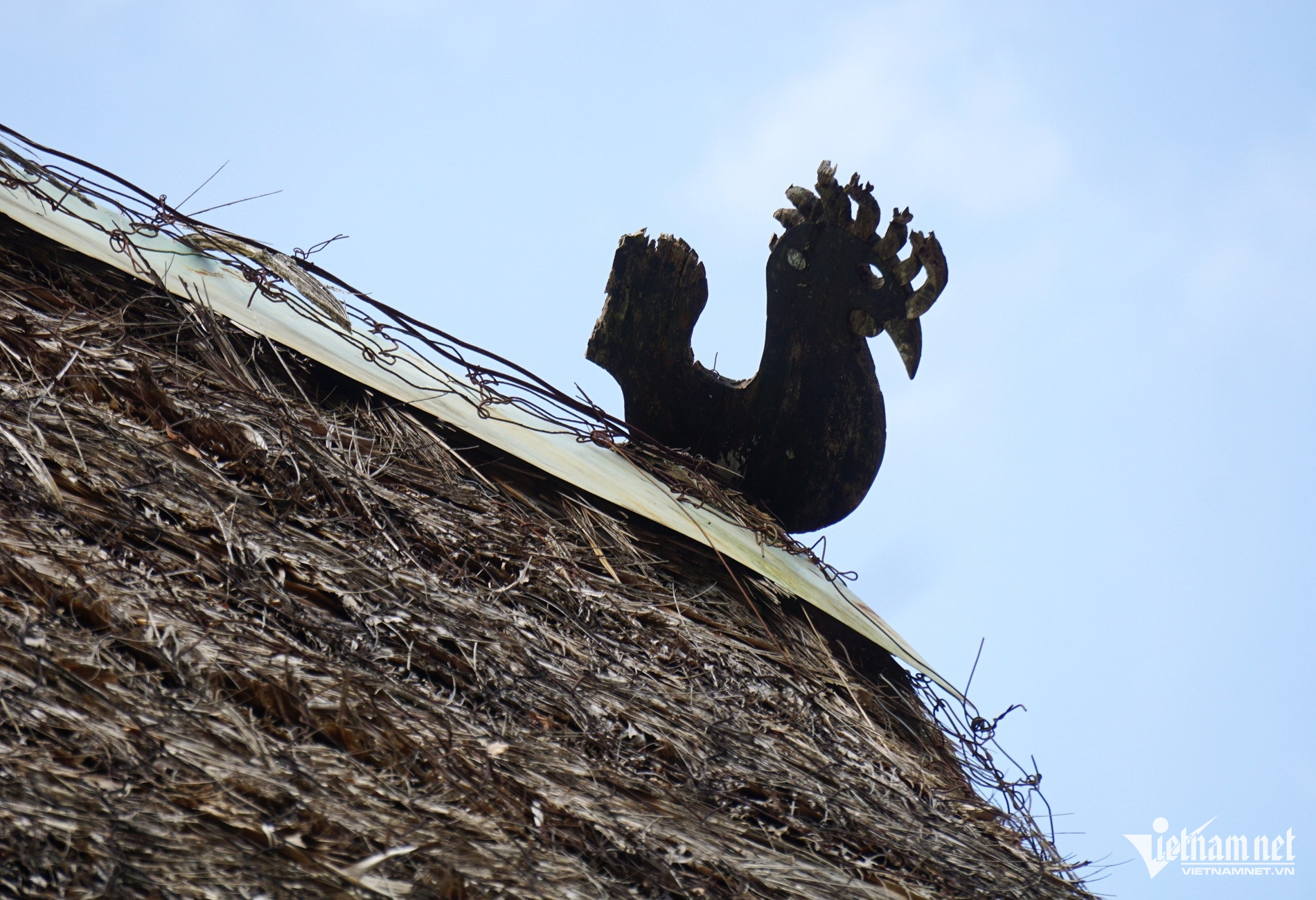
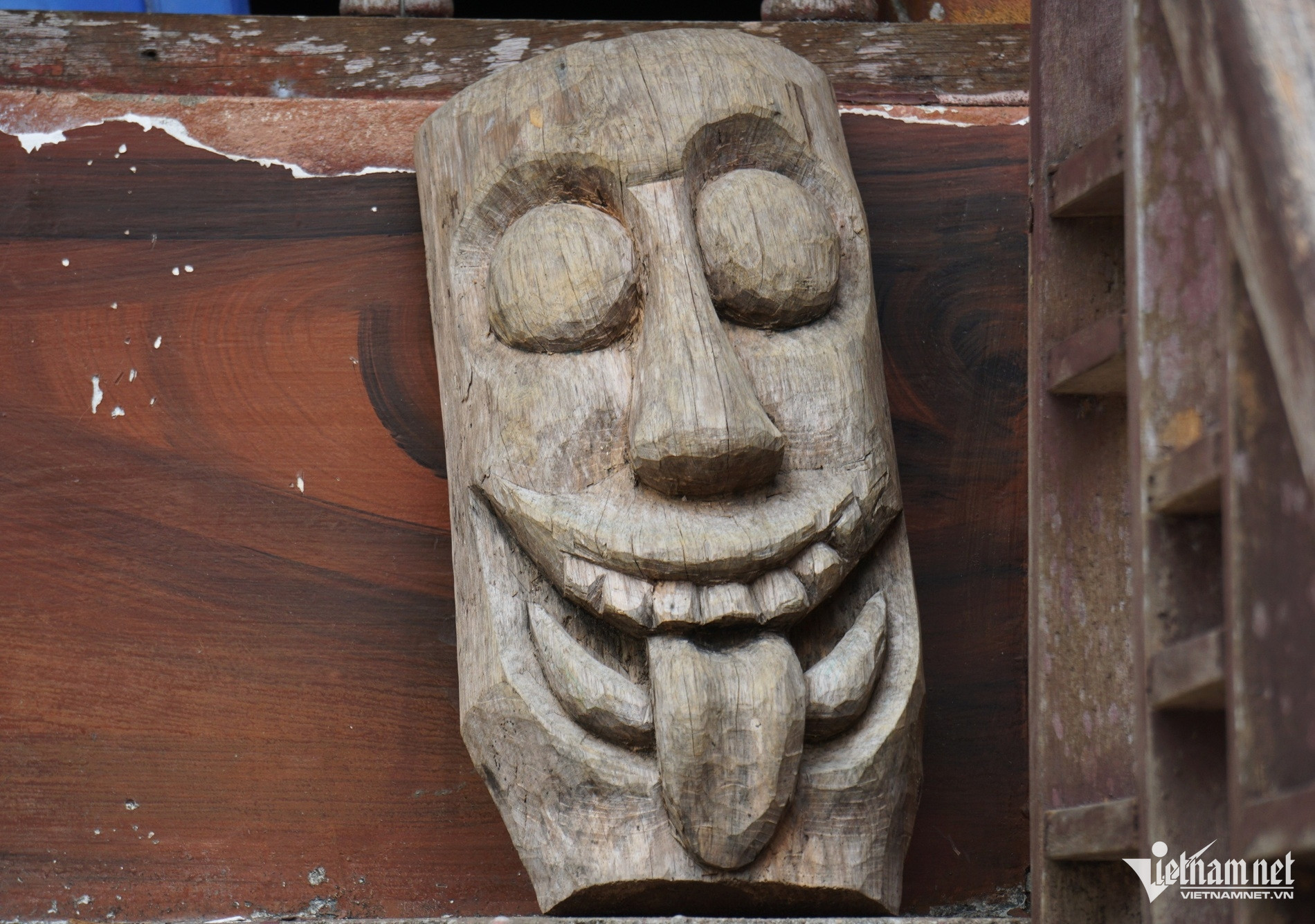
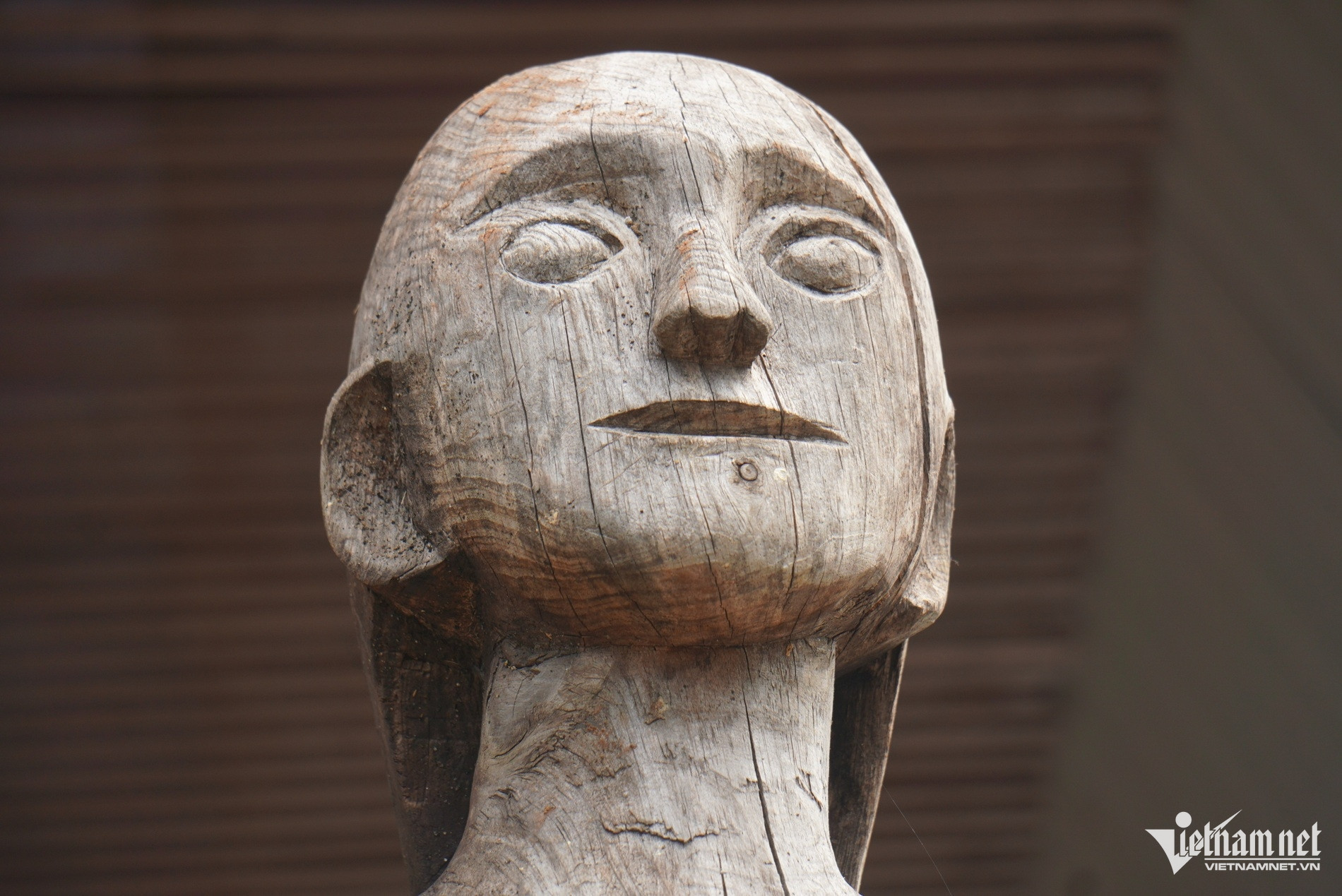
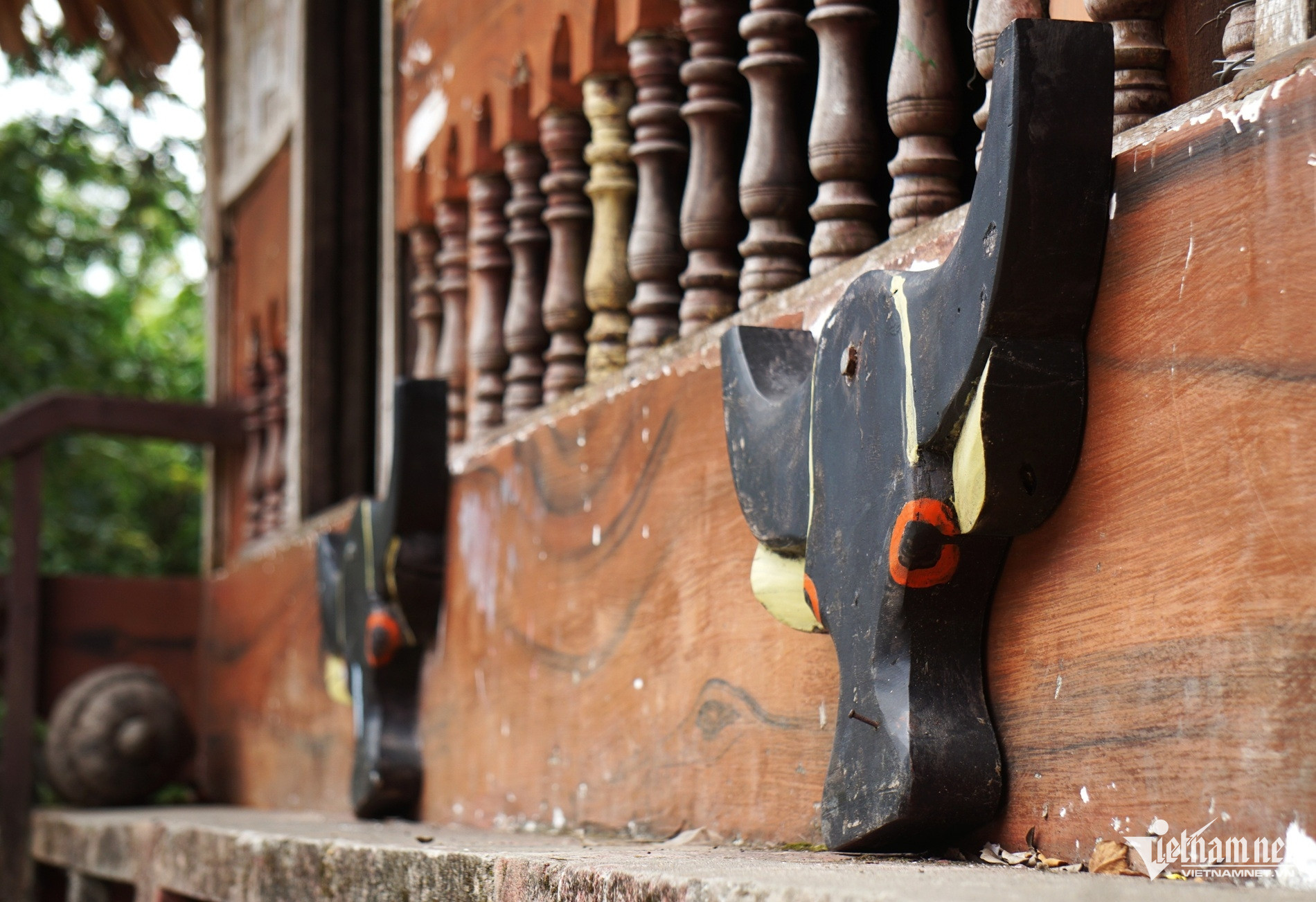
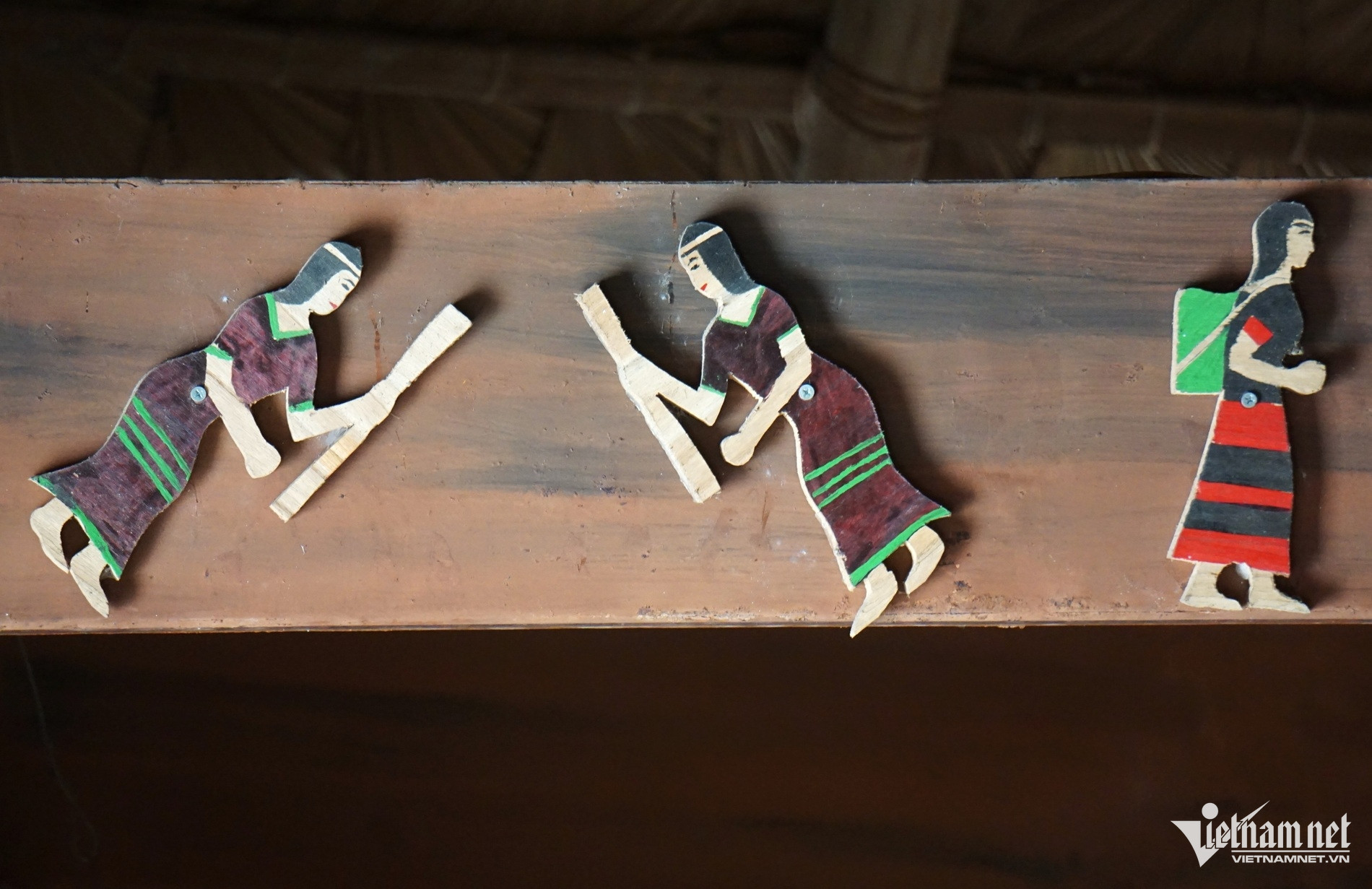
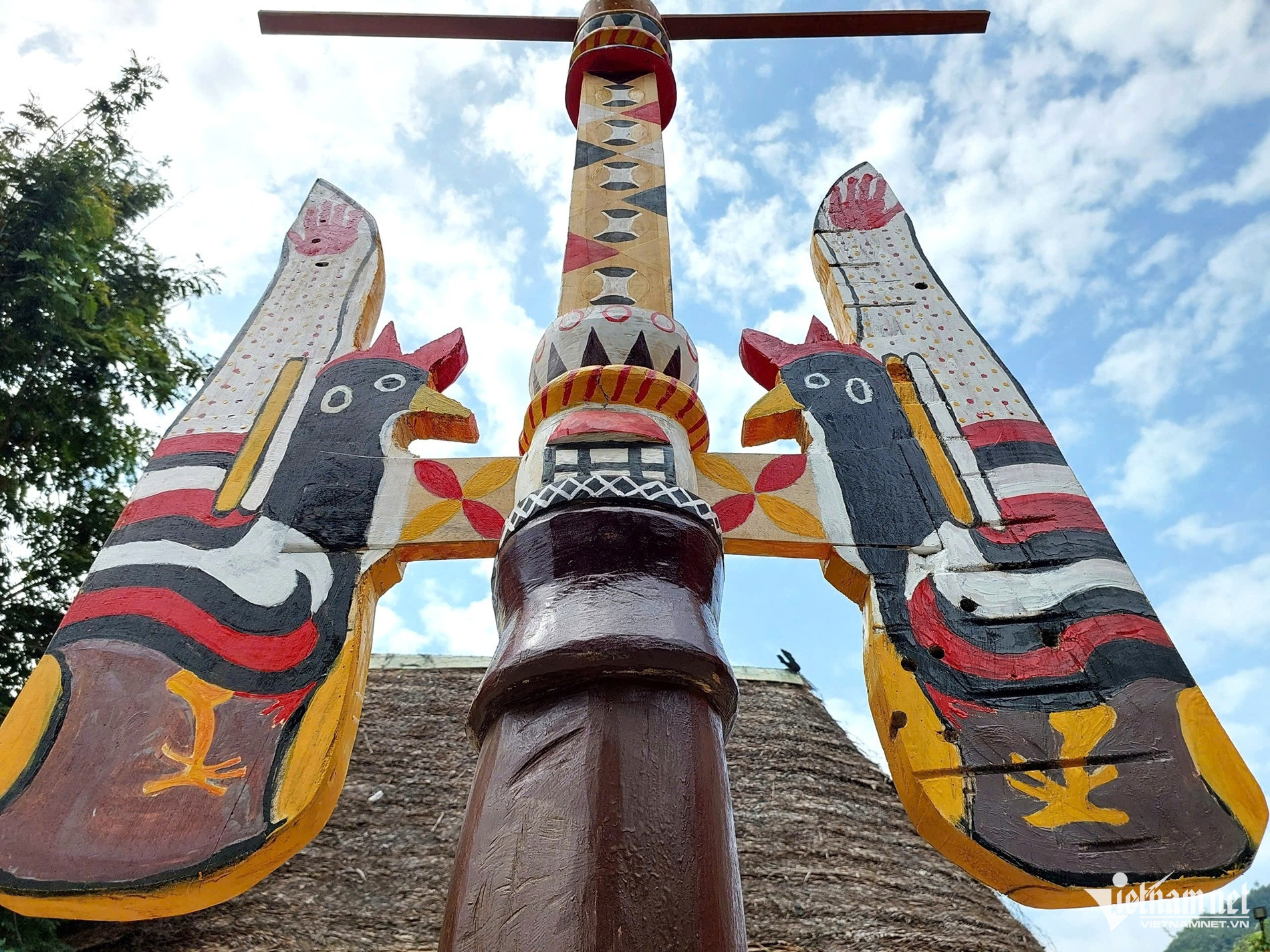
Wooden sculptures are carved by hand with unique cultural themes.

Discover the spiritual and cultural legacy of the Co Tu people through their Guol house.
In Da Nang’s forests, the Guol house reflects the heart of Co Tu heritage and tradition.
Ho Giap